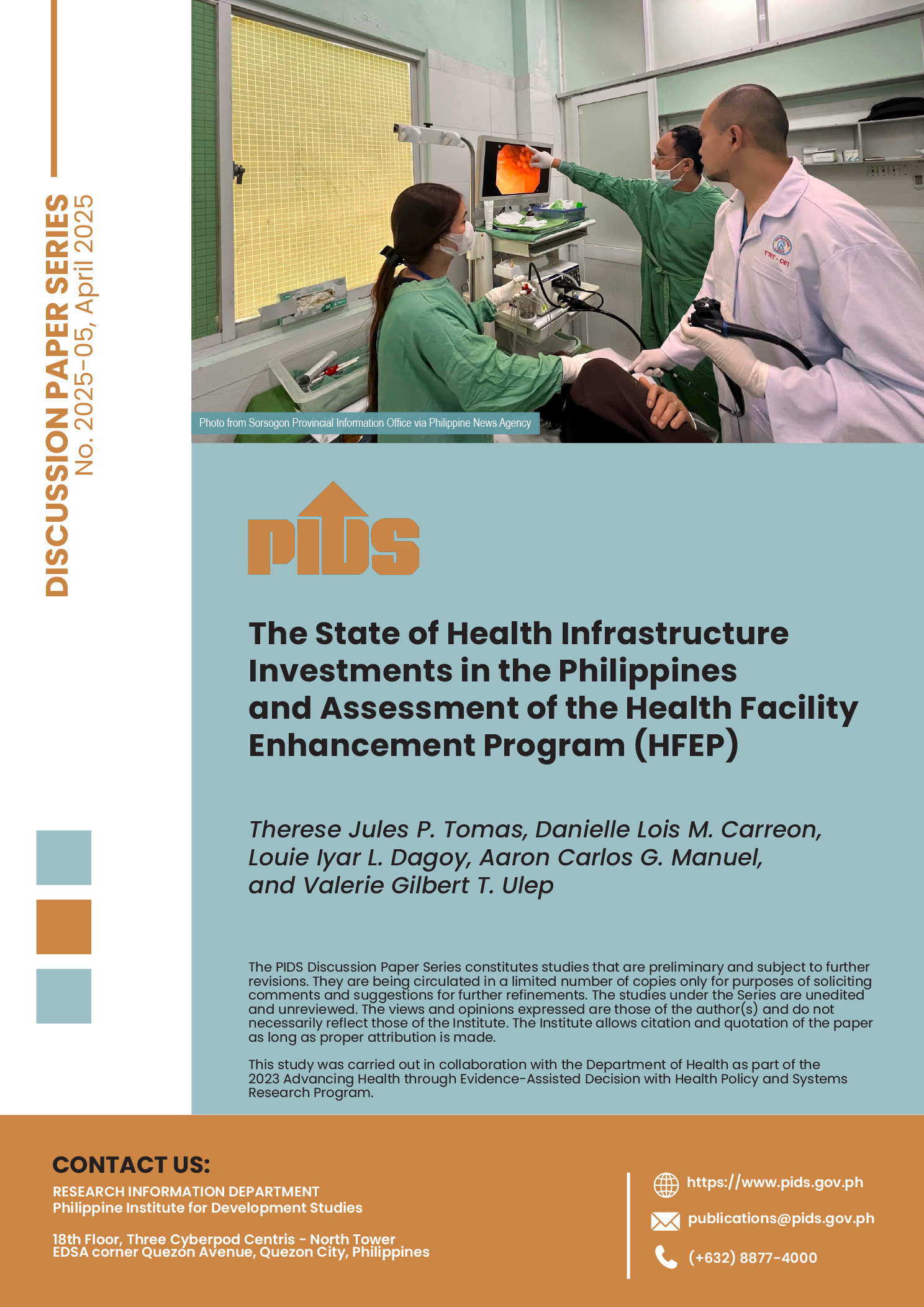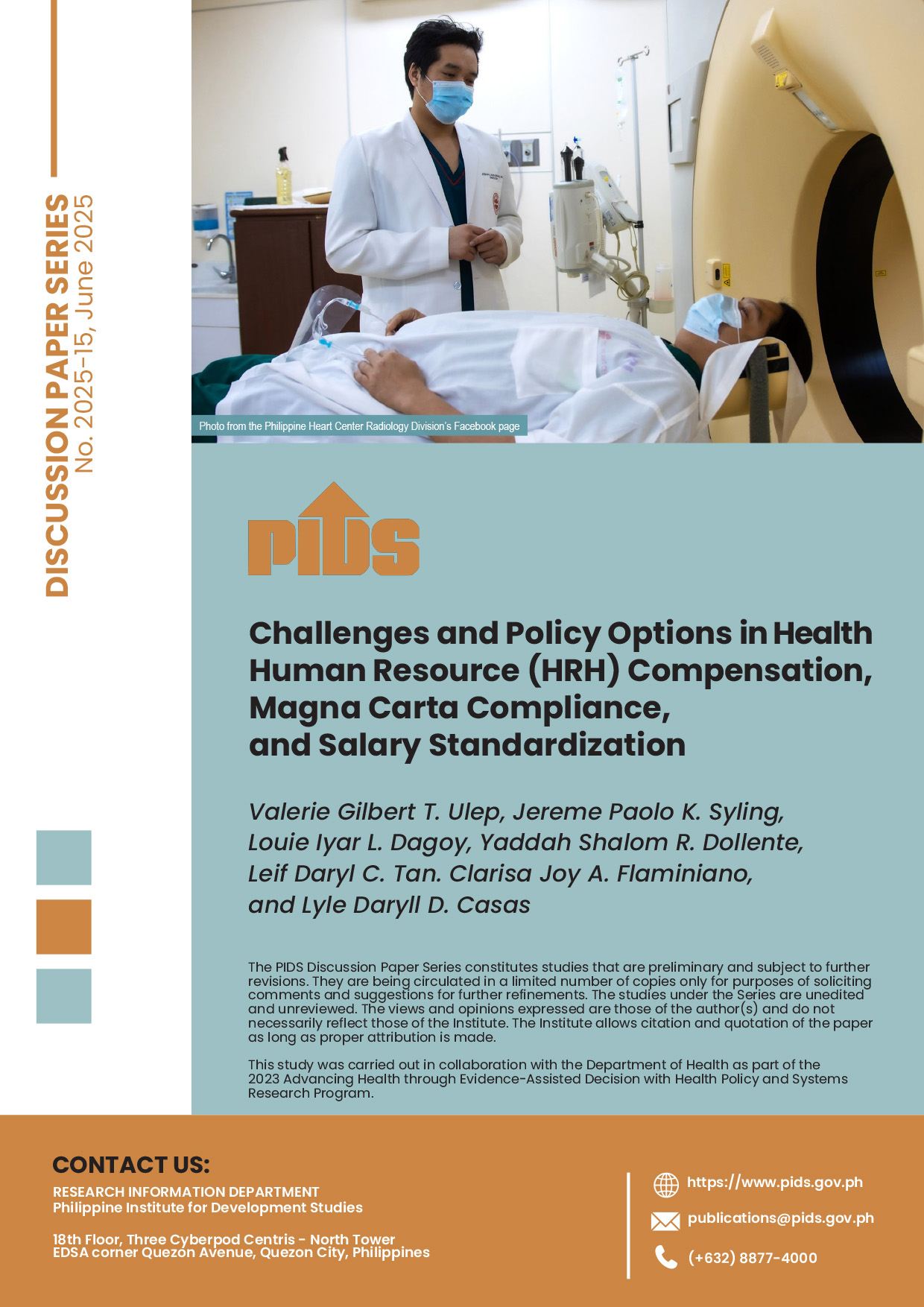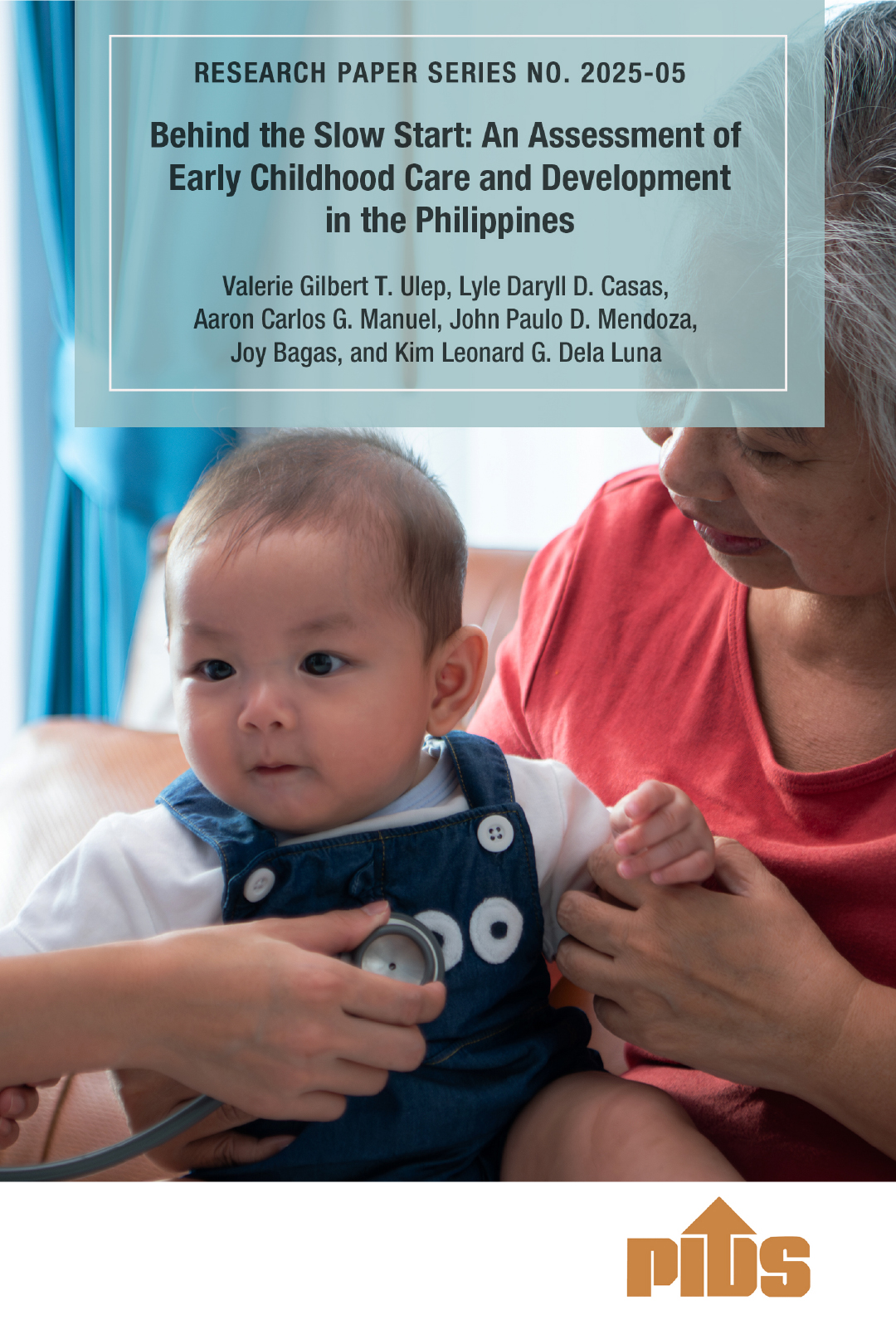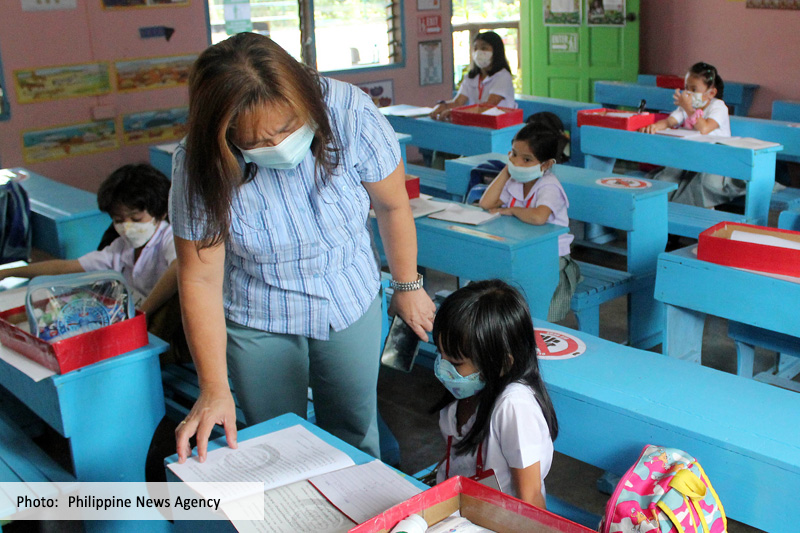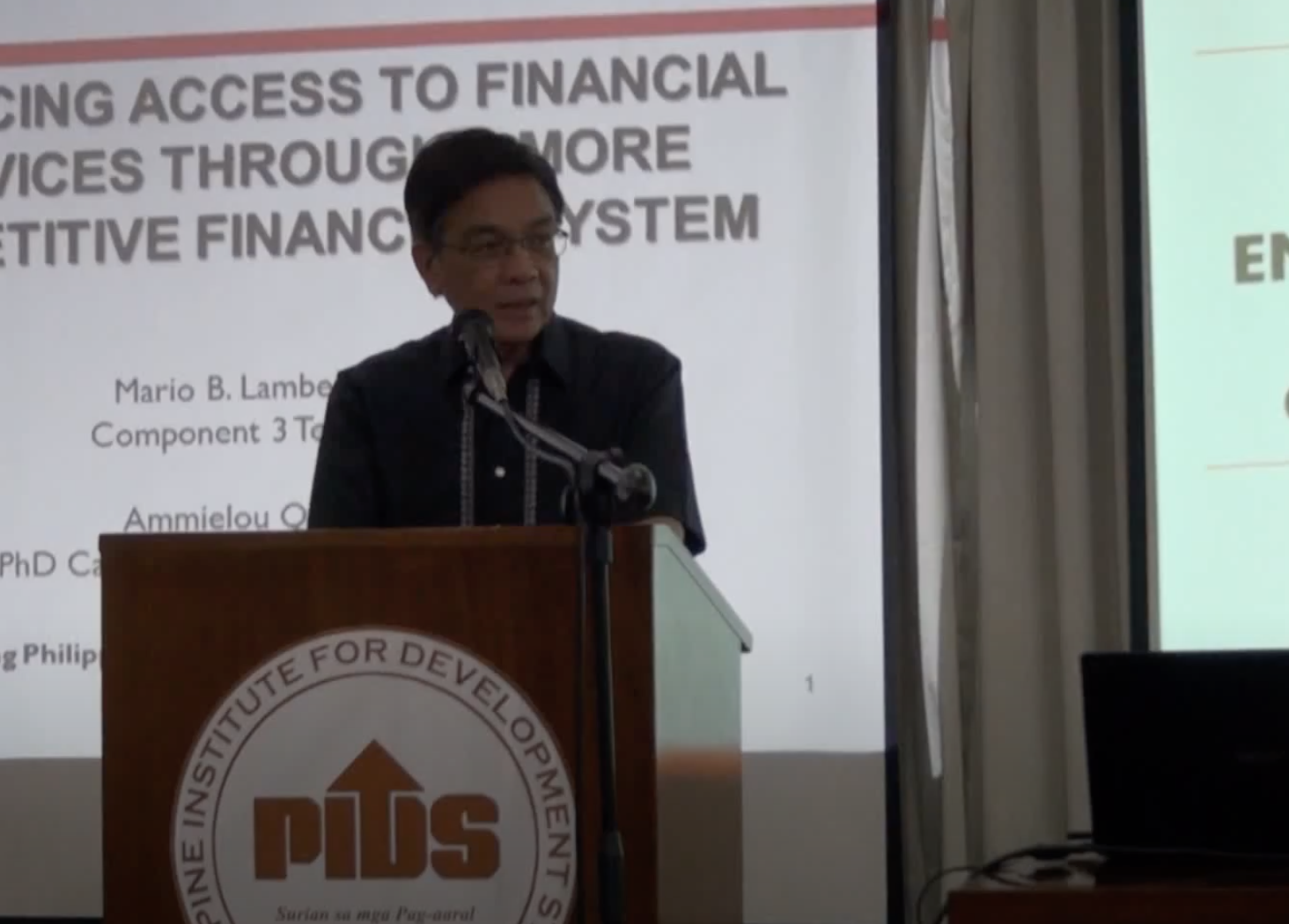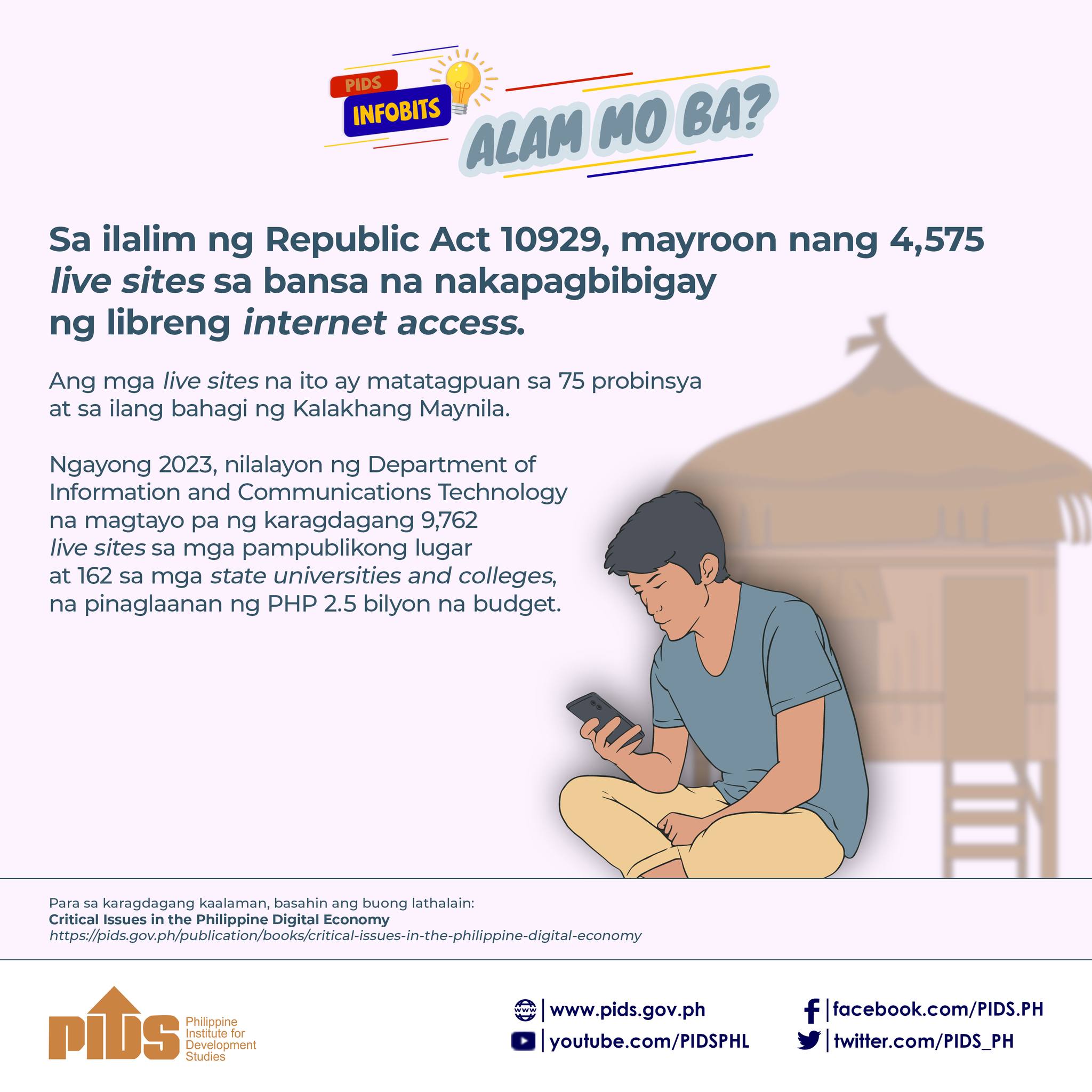MANILA, Philippines—Global advances and innovations in the medical field have already made cancer treatable and preventable. However, Filipino cancer patients still miss preventive screenings, while many bear the enormous costs of cancer illness.
Estimates by the Global Cancer Observatory (Globocan) showed that 153,751 Filipinos suffer from various types of cancer as of 2020. Among these were 27,163 breast cancer patients, 19,180 lung cancer patients, and 17,364 colorectum cancer patients.
GRAPHIC COURTESY OF Valerie Ulep, senior research fellow at the Philippine Institute for Development Studies (PIDS)
However, medical advances have made cancer preventable and treatable, helping many cancer patients recover and win their battle against the “Big C.”
“We can beat cancer now. We can save lives. And we are trying our best to make treatment accessible nationwide, especially to those who cannot afford the treatment,” Dr. Marvin Mendoza, head of the oncology section at the National Kidney and Transplant Institute (NKTI), previously said.
Cancer: Preventable, but…
Several public health mechanisms supporting cancer control services are being implemented. Among these are the early screening and detection procedures currently offered for patients in the Philippines.
“A big portion [of the] country’s cancer burden is preventable. However, it boils down to comprehensive preventative and curative interventions for the population,” said Valerie Ulep, a senior research fellow at the Philippine Institute for Development Studies (PIDS).
However, in his study, Ulep found that many Filipino women still do not have access to preventive screening for breast cancer—the leading type of cancer among Filipino women of all ages—and cervical cancer—the second most common cancer among women in the Philippines.
“Breast and cervical cancer screening are extremely low in the Philippines compared to upper-middle and high-income countries,” Ulep explained.
“[I]n countries like Malaysia, the prevalence of self-breast examination among women (40 years old and above) is almost 50%, mammogram use is 20%, and PAP smear is about 40%. High-income (OECD) countries even have higher rates than Malaysia,” he added.
A separate study published last year attributed low breast and cervical cancer screening among Filipino women to low health literacy and gender sociocultural pressures.
A health system review conducted under the Asia Pacific Observatory on Health Systems and Policies (the APO) and published by the World Health Organization (WHO) noted that among the multiple barriers causing low cancer screening are low health literacy, high out-of-pocket (OOP) health care costs, and the centralization of health care infrastructure and providers.
Patient bear costs of cancer
Cancer treatment involves radiation therapy, immunotherapy, targeted therapy, and chemotherapy. The last, according to the US-based Mayo Clinic, is the most often used treatment method.
In the Philippines, the cost of cancer treatment can range from ₱120,000 to as much as over ₱1 million. The estimated price of chemotherapy cost per session, depending on the cancer type, meanwhile starts at ₱20,000 up to over ₱120,000.
While efforts have been made to make cancer treatment—including chemotherapy, targeted therapy, and chemotherapy drugs—available and accessible to more Filipino cancer patients, many still rely on their own hard-earned money to pay for the medical services they needed.
Citing data from the Cost of Illness of Cancer survey, Ulep bared that among cancer patients who receive inpatient medical services in public hospitals, around 15 percent of the cost of medical care is still paid out-of-pocket.
Over half—55 percent—of the inpatient medical bill is covered by PhilHealth, while the remaining balance is paid by private entities (9 percent), local government units or the health department (7 percent), and other sources (14 percent).
On the other hand, out-of-pocket expenses for inpatient spending in private hospitals were much higher (41 percent). PhilHealth covers 46 percent of the costs of medical services among these patients.
According to Ulep, 92 percent of the inpatient spending goes to hospital bills, 6 percent is for non-medical bills (including transportation), and 3 percent covers the cancer drug purchased outside during admission.
Data also showed that out-of-pocket and other forms of private spending account for the majority of outpatient visits.
Outpatient spending in public hospitals is settled through out-of-pocket (29 percent), PhilHealth (24 percent), religious/other organizations (27 percent), and donations (20 percent).
Cancer patients receiving outpatient medical care from private hospitals meanwhile pay 65 percent of their bill. Other sources such as religious/other organizations, PhilHealth, private insurance, and donation covers 19 percent, 8 percent, 5 percent, and 3 percent, respectively.
“The main source of outpatient spending are OOP, which are regressive and catastrophic,” said Ulep.
“While PhilHealth provides a significant financial protection during admissions episodes, households remain at risk of exposure to catastrophic spending because the SV of PhilHealth is only 50% excluding the purchases outside hospitals,” he added.
‘Financial toxicity’ burdens patients, families
A study published in 2018 in Acta Medica Philippina—a peer-reviewed general medical and health science journal published by the University of the Philippines (UP)—highlighted the economic impact of cancer diagnosis in families.
The study, which analyzed 909 cancer patients in the Philippines, found that 40.6 percent of cancer patients’ families experienced financial toxicity—or financial problems—due to the high cost of medical care.
The researchers also found that the mean combined out-of-pocket expenses of respondents at 3 and 12 months after diagnosis amounted to ₱181,789.00.
Previously published statistics also showed that at least 7 in 10 cancer patients in the country “drop out of treatment regimen” due to lack of funds.
In a statement last February 9, the NKTI announced that 23 public hospitals have started offering free targeted therapies for breast cancer patients who cannot afford the required 18 treatment cycles, which cost from ₱300,000 to ₱450,000.
“Options for treatment include a subcutaneous injection that takes about 5 minutes to administer or a three-hour intravenous administration that also requires an additional two hours or so for preparation,” said Dr. Mendoza.
However, only 200 patients will be accommodated nationwide for the free cancer treatment due to the limited budget for the treatment program.
More funds sought
To help boost cancer screening in the country, advocates like Cancer Coalition and Citizen’s Watch are pressing Congress to increase its roughly ₱1-billion annual budget for the anti-cancer program of the Department of Health (DOH).
Last month, Congress restored the government funds for cancer—from being excluded in the 2023 General Appropriations Act (GAA)—to a total of ₱1.56 billion.
In a statement last February 5, Deputy Speaker and Batangas Rep. Ralph Recto said the line-item funding for two cancer funds in this year’s national budget was a “result of a multi-partisan, bicameral push.”
“[R]estoring the cancer fund in the national budget is one doctor’s order we cannot ignore. The cancer fund is not a tumor that must be excised from the budget. It is a treatment tool which, on the contrary, must be boosted,” said Recto.
Of the ₱1.56 billion that will be lodged under DOH, P1.054 billion will subsidize cancer prevention, detection, treatment, and care, in line with Republic Act No. 11215 or the National Integrated Cancer Control Act—which aims to prevent cancer and improve cancer survivorship, and make cancer treatment and care more equitable and affordable for all.
The lawmaker said the fund will specifically finance the “procurement and delivery of cancer, supportive care and palliative care medicines covering the eight treatable cancer types.”
The remaining ₱500 million will go to the Cancer Assistance Fund (CAF), which will be used for cancer prevention, detection, treatment, diagnostics, and care for the eight priority cancer types identified by the DOH.
On top of the restored cancer funds, a joint memorandum circular outlining the guidelines for using the CAF released last year stated that ₱529.2 million worth of funds for cancer patients will remain valid until the end of 2023.
“We can beat cancer. We can save lives. We can do more if the budget is increased by Congress,” Mendoza previously said.

